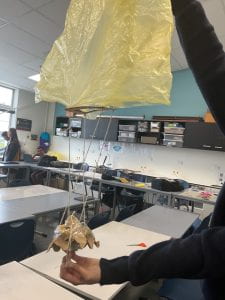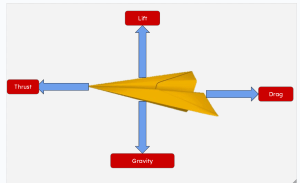WHAT DID YOU LEARN ABOUT YOURSELF THIS WEEK?
-
I realized that I’m naturally curious and like to know what’s going on around me. I found that I can shut out disruption and do my work (Mr White told me to add this)
WHAT SKILLS OR STRATEGIES HELPED YOU SUCCEED?
-
Asking questions when I didn’t understand something, especially in subjects like math, helped me improve and stay on track.
WHAT COULD YOU HAVE DONE DIFFERENTLY TO IMPROVE YOUR PROGRESS?
-
I could have spent more time practicing badminton. That would have helped me feel more confident and make fewer mistakes.
WHAT POTENTIAL CHALLENGES MIGHT COME UP IN THE NEXT WEEK, AND HOW WILL YOU HANDLE THEM?
-
I need to learn the new words and the vocabulary list they gave me next week because I have a spelling bee competition in Term 3. I also have assessments coming up. To get ready, I will practice spelling, learn the meanings of the words, and study a little every day.
HOW WILL YOU STAY MOTIVATED AND FOCUSED?
-
I’ll stay motivated by paying close attention in class, setting goals, and supporting my classmates when they need help. Helping others also keeps me focused and encourages teamwork.



